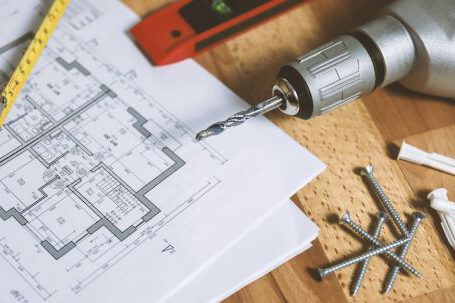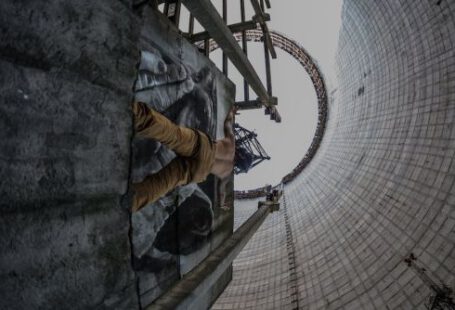High-rise buildings and infrastructure projects are complex works that require a whole range of specialized skills. Lifts are an essential part of these projects, and proper lift operation is key to ensuring safety and efficiency in construction. To ensure that lift operations are conducted in the most effective and safe manner, it is important to adhere to a set of best practices. In this article, we’ll discuss the best procedures for lift operation in construction.
Types of Lifts
The type of lift used in a construction project depends on the specific requirements of the project. Generally, there are two types of lifts: hoist and crane lifts. Hoists are small, self-powered lifts that are typically used for short-range applications such as transporting materials within the construction site. Cranes are large, motorized lifts that can lift heavier loads and are typically used for long-range applications such as transporting materials between different locations.
Safety Procedures
Safety is a top priority when it comes to lift operation in construction. To ensure safety, it is essential to follow a set of specific safety procedures.
- Only trained and certified personnel should operate lifts.
- All safety measures and procedures should be followed at all times.
- Safety equipment such as harnesses, helmets, and protective clothing should be worn by all personnel operating lifts.
- The area around the lift should be cleared of debris and other hazards before lift operation begins.
- The lift should be inspected before each use to ensure that it is in proper working condition.
- The lift should be operated at a safe speed and in the appropriate manner.
- The lift should not be overloaded.
Pre-Operation Checks
Before operating a lift, it is important to conduct a series of pre-operation checks to ensure that the lift is in proper working condition. These checks should include a visual inspection of the lift, checking the controls and functions, and checking the safety systems.
Operating the Lift
When operating a lift, it is important to adhere to a set of best practices.
- The lift should be operated in a slow, controlled manner.
- The area around the lift should be cleared of personnel, debris, and other hazards.
- The lift should not be overloaded.
- The lift should be operated in a manner that does not put personnel or equipment at risk.
- The lift should be operated within the limits of its capacity.
- The lift should be operated in accordance with safety procedures and protocols.
Post-Operation Checks
Once the lift operation is complete, it is important to conduct a series of post-operation checks. These checks should include a visual inspection of the lift, checking the controls and functions, and checking the safety systems.
Conclusion
Lift operation is an essential part of any construction project, and proper lift operation is key to ensuring safety and efficiency in construction. To ensure that lift operations are conducted in the most effective and safe manner, it is important to adhere to a set of best practices. This includes types of lifts, safety procedures, pre-operation checks, operating the lift, and post-operation checks. By following these best practices, construction projects can be completed safely and efficiently.






